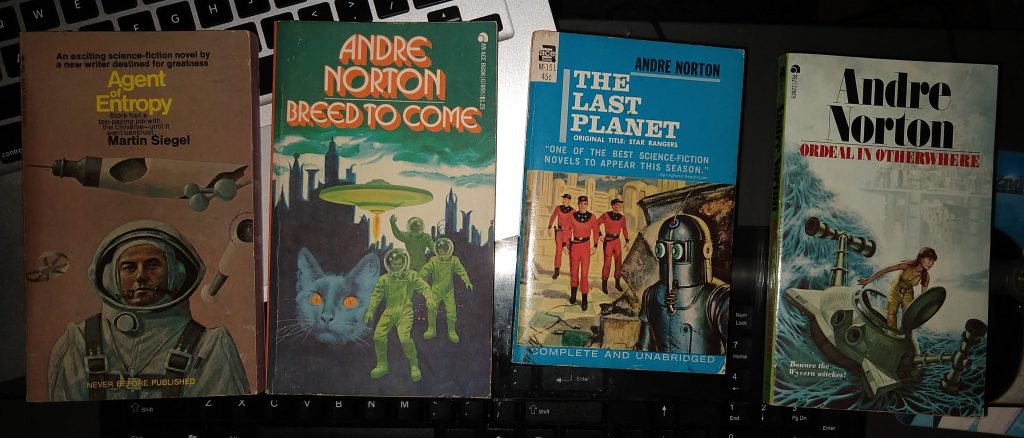- Orchestral Study #1 (flowing and hymn-like)
- Orchestral Study #2 (driving and chaotic)
- Orchestral Study #3 (adagio with melisma)
- Orchestral Study #4 (allegro)
- Orchestral Study #5 (variations)
- Orchestral Study #6 (space)
- Orchestral Study #7 (dialogue)
- Orchestral Study #8 (toccata)
- Orchestral Study #9 (seven interludes)
- Orchestral Study #10 (rupture, slowed down and from different angles)
- Orchestral Study #11 (a crowd, disassembled)
- Orchestral Study #12 (thesis)
My goal: open with a pulsing, harmonically spare section containing periodic dissonances that break the monotony. Twittering chaos in the winds interrupt and finally take over. Close with a celestial echo.
The pulsing section was the initial germ and what I started with, yet I struggled figuring it out and didn’t get it right until the other two were almost fully developed. It was more frustrating than expected and a very dispiriting start. The three voices in the wind section are inspired by some of Elliott Carter’s pieces where each voice is a separate monologue, almost without awareness of the others. In my head I had initially heard music with a complete lack of regular beat but ultimately was not able to realize that texture. The idea for the celestial section came as I was finishing the winds. I heard the initial motif and the cascade texture followed naturally. The overlapping transitions were developed after each section was nearly complete.
The pulsing section is maybe a little too repetitive; the twittering has voice crossing that may-or-may-not work; the celestial echo gets too dense and I could have maybe used fewer voices.
Need to work more on combining instruments and notating dynamics.
orchestral-study-2